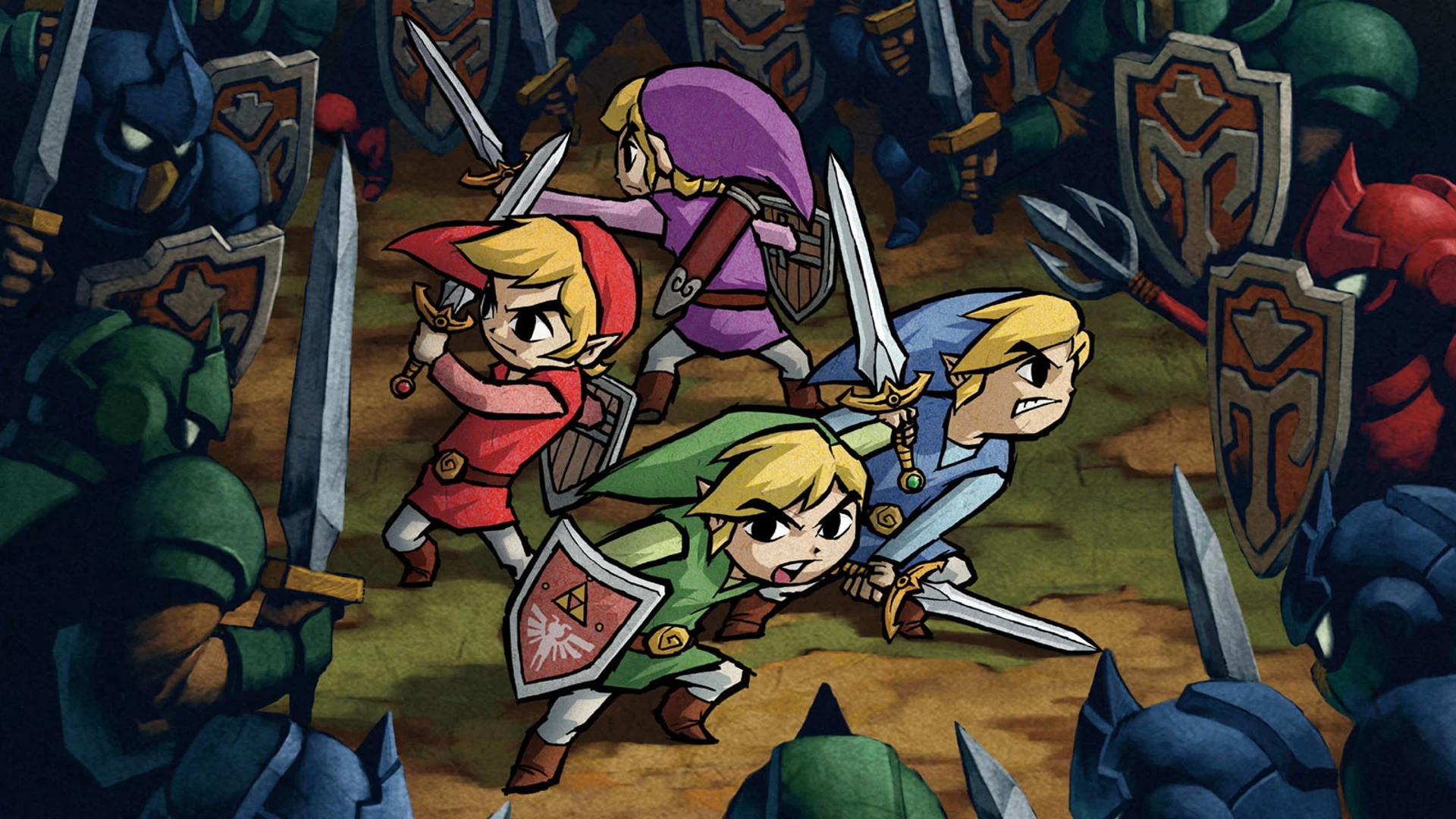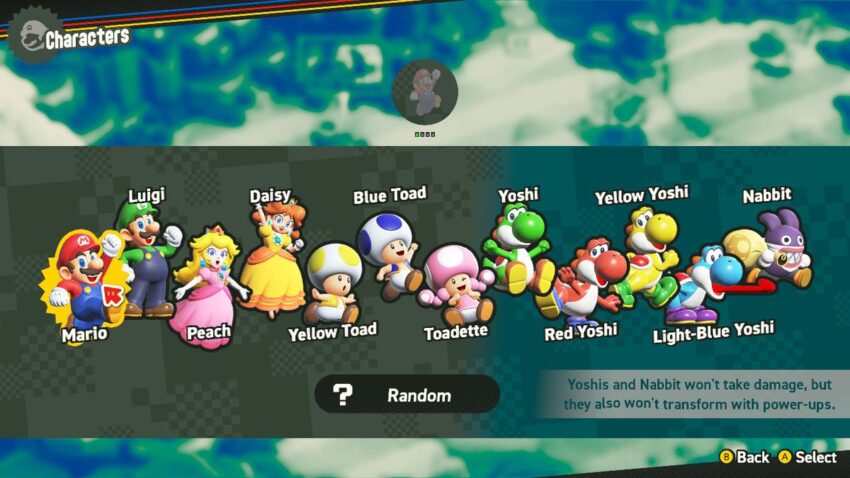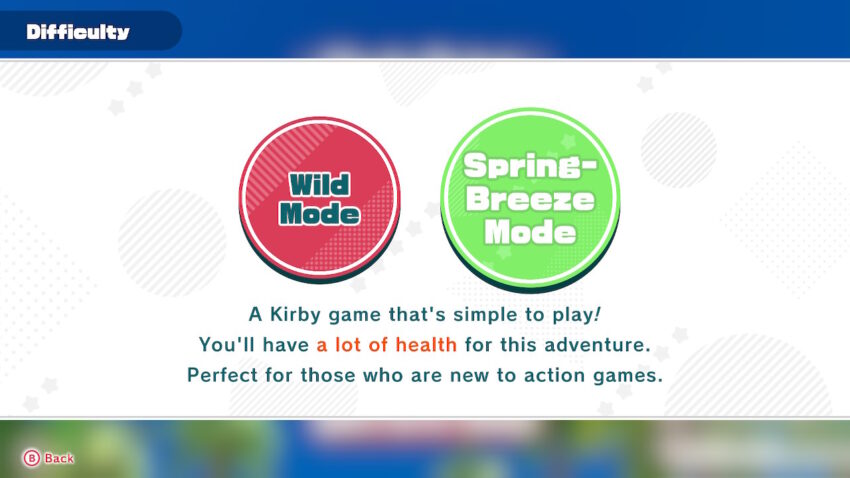Daily Debate: How Can a Future Four Swords Game Accommodate a Wider Range of Player Skill Levels?
Posted on March 21 2024 by Jared Eubanks

Multiplayer games can be an immense amount of fun, but they can also present their own unique challenges. One of the challenges that game developers have to plan around is the potential for a wide range of skill levels among those who are playing together. When players are all experienced gamers and near similar skill levels, puzzles or bosses that revolve around precision timing and high levels of cooperation can be exhilarating to defeat. However, when a wide range of skill levels exists, gameplay can quickly come to a screeching halt and only the earliest levels can be enjoyed before frustration sets in. As we celebrate the 20th anniversary of Four Swords Adventures, and its predecessor Four Swords before it, how approachable did you feel the game was for sessions with a varied player skill level?
My eight-year-old son and I have enjoyed play sessions of both Four Swords on the Game Boy Advance and Four Swords Adventures on the GameCube, and we have found the introductory levels fun and enjoyable. He loves being involved and feeling like we are accomplishing things together, whether it be vanquishing a hoard of enemies or taking down a mettling mini-boss. However, there are moments when he gets stuck and passes the controller over to me to do things like making a difficult jump onto a moving platform. This works just fine when I can set my controller down and let the Link I’m controlling camp out for a few seconds unperturbed by nearby enemies. However, that isn’t always the case like in boss battles, and I can’t simultaneously play for both of us whenever gameplay reaches a level above him. In Four Swords, the final boss battle with Vaati and the proverbial game of “tennis orb” is a perfect example. You don’t know which player will be the recipient of the orb, and there is not enough time to react if your child needs to pass the controller.
In moments like those, I think back to other games that he and I have thoroughly enjoyed together and were able to complete all the way through. Two of our recent favorites on Nintendo Switch were Super Mario Bros. Wonder and Kirby and the Forgotten Land. Each in their own way provided family-friendly options to accommodate a wider range of player skill levels. Wonder provided “easy mode” characters with the myriad colors of Yoshi, who were undeterred from enemy hits and were capable of a flutter jump for scaling difficult platforming sections. My son typically preferred playing with one of the main characters so that he could enjoy the array of new and traditional power-ups, but on levels where we got stuck, switching over to Yoshi was a great fallback. Kirby meanwhile included a Spring-Breeze Mode, which toned down the difficulty level for all players. While we were able to complete the mainline game on its normal Wild Mode setting, the Spring-Breeze Mode was a great option for unlocking special levels where we needed to tackle particular challenges or complete collect-a-thons from our list.
So if we ever see a future installment of Four Swords on the Switch or its successor console, do you think Nintendo should include accommodating gameplay elements like Wonder or Kirby did? If so, how would you recommend implementing such elements? Should “easy mode” non-Link characters be introduced? Should particular color tunics have certain special abilities or a type of invincibility? Let us know what you think in the comments below.

Jared Eubanks is a staff writer at Zelda Dungeon, and he is also a husband, father, and engineer. He is originally from the Atlanta, GA area and still lives there. He graduated from Georgia Tech and is a proud Yellow Jacket. He loves to play boardgames, build Lego, and read books with his family. He’s been gaming since childhood with the original NES and GameBoy, and he enjoys retro gaming, collecting, and modding consoles and handhelds. His favorite Zelda game is Breath of the Wild but is also fond of the older classic titles.





